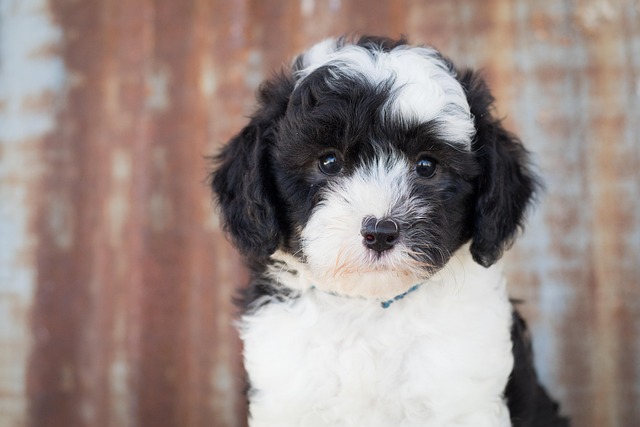
How do i train my dog to be obedient?
Watching your dog dart across the park ignoring your calls isn’t just frustrating—it can put them at risk near busy streets or public spaces.
Puppies have tiny bladders, so timing is everything when teaching them to go outside. After naps, meals, or playtime, grab their collar and head out—no waiting. Choose a consistent spot in your yard or near the sidewalk; the familiar smells will help them associate the area with toilet time. Stay calm and quiet while they sniff around—rushing them only makes it harder. When they finally go, cheer loudly and offer a small treat right away. That instant reward sticks in their memory better than anything else.
Many cities across Europe and North America have strict rules about cleaning up after your dog. Always carry biodegradable bags, and use them. Fines for leaving messes can be steep, and it’s just common courtesy. While you’re waiting for your puppy to toilet, keep an eye on local leash laws too. Some parks require them until your pup is well-trained, which protects both wildlife and other dogs.
 Accidents happen—don’t scold your puppy. They won’t connect the punishment to the mess hours later. Instead, blot up the spot with paper towels and use an enzymatic cleaner to eliminate odors. If they smell their old mistake, they’ll keep going there. Instead, focus on prevention: take them out first thing in the morning, last thing at night, and every hour or two during the day. Younger pups can’t hold it long, so set a timer if you need to.
Accidents happen—don’t scold your puppy. They won’t connect the punishment to the mess hours later. Instead, blot up the spot with paper towels and use an enzymatic cleaner to eliminate odors. If they smell their old mistake, they’ll keep going there. Instead, focus on prevention: take them out first thing in the morning, last thing at night, and every hour or two during the day. Younger pups can’t hold it long, so set a timer if you need to.
Watch for signs they need to go—pacing, sniffing the floor, circling. When you see those, scoop them up and head outside quickly. Once they’re there, use a simple phrase like “go potty” each time. Dogs learn words faster than we think, and the repetition will signal what’s expected. If they don’t go after 5-10 minutes, bring them back in but try again 15 minutes later. Consistency is key here—stick to the routine even on busy days.
As your puppy grows, they’ll gain more control. By 6 months, most can hold it for several hours. Celebrate each success, and remember that patience pays off. Training takes weeks, sometimes months, but a dog that reliably toilets outside makes life easier for everyone. Plus, it builds trust between you—they’ll learn to rely on you to meet their needs, and you’ll learn to read their cues. Before you know it, those outdoor trips will become second nature for both of you.

Watching your dog dart across the park ignoring your calls isn’t just frustrating—it can put them at risk near busy streets or public spaces.

New puppy owners often find themselves rushing to clean up accidents before they set in, and that’s where puppy pad training becomes a game-changer.

If you've noticed your dog's waistline disappearing and your veterinarian has mentioned those few extra pounds, your first instinct might be to simply reduce the amount of food in their bowl.

Training a dog to use a designated spot indoors isn’t as daunting as many new owners fear, but it does take consistency and an understanding of your pet’s needs.

That moment of dread on a walk is all too familiar for many new dog owners. You see another dog approaching down the sidewalk of your neighborhood

If the sight of another dog on your neighborhood walk makes your heart sink as your own dog erupts into a frenzy of barking and lunging, you're not alone.